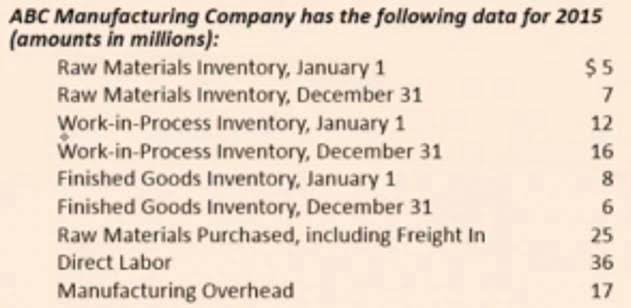
Indy offers three tools that can help you propose, write, and invoice your clients for retainer agreements. Indy’s Proposals tool is a simple document fixed assets builder you can use to write and send professional proposals quickly. Indy’s Contracts tool is similar but also comes with contract templates and an integrated e-signature function. Indy’s Invoices tool gives you the ability to create professional invoices and offer multiple payment options to your clients. In such matters, instead of hourly billing for professional services, we can offer a fixed, or “flat,” fee to cover all services and costs in the retainer agreement.
Define the scope of work
- However, once you’ve made a good name for yourself with a few clients and find yourself doing more work again and again, it’s time to use the opportunity for a well-deserved retainer discussion.
- The “Most Favored Nation” clause is a contractual provision that ensures a party receives terms that are at least as favorable as those given to any other party in similar agreements.
- Indy’s Invoices tool gives you the ability to create professional invoices and offer multiple payment options to your clients.
- As a rule, having a consulting retainer, you’re supposed to bill your client every month as you go.
- Your retainer amount should reflect the value of services provided while also considering industry standards and your clients’ budgets.
- This is common in legal services, where funds are deducted as milestones are completed.
By understanding each type, you ensure your project and budget are in perfect harmony. When braces are removed, all patients need a retainer no matter what their age. If a patient has braces as an adult, they are at greater risk of their teeth moving than if they have braces as a child or adolescent. I could (should?) probably write an entire book on retainers, and you can read a bunch of articles on the subject here.
Rocketlane for long-lasting retainer relationships
To avoid underpricing your services, add a percentage markup to cover unforeseen costs. For instance, if your operational expenses are £200 per month, add them to your hourly estimate to maintain profitability. You should also provide regular reports that let your clients know what you have accomplished. Scheduling check-ins to review progress and exchange feedback will create an even greater degree of accountability. To formally accept the conditions outlined in the retainer agreement, both parties must sign the agreement and enter the current date alongside their signature. Once the signatures are in place, both parties are legally bound to the terms of the agreement.
- The most common form of retainer fee applies to lawyers who, in most cases, require potential clients to provide an upfront retainer fee.
- Exactly how much depends on the type of retainer you offer—which we will discuss further.
- The fee covers the consultant’s work on that particular project, and any additional services beyond the agreed scope would typically incur extra charges.
- There is great comfort in knowing the work will be available, and the monthly retainer fee will go into your bank every month.
Tracking time

As a rule, having a consulting retainer, you’re supposed to bill your client every month as you go. However, the decision how you’ll cooperate further depends on how skilled you are, how long you’ve worked with a specific client, and your relationships in general. There are two types of retainers a consultancy business can benefit from, either for numbers of hours worked, or for access to your expertise. Tracking deliverables is essential for aligning retainer services with client agreements. Using tools like milestone-based reports, time-tracking software, or dashboards ensures transparency.

While retainers are usually paid after the first month’s work, they can also be paid upfront as a down payment and a show of good faith. Based on mutual agreement, clients might pay weekly, quarterly, or annual retainers. While this can be a good way to build a long-term relationship, this can potentially lead to problems if they start asking for things that weren’t in the original agreement.

With these tips and considerations in mind, you are now ready to build a successful and sustainable business model with monthly retainers. As you work together, you’ll become more than just a freelancer—you’ll be a trusted partner. This kind of relationship leads to mutual respect, making things like asking for upfront payments or revisiting contracts much easier.
Better client relationships
It is an agreement where the client pays an upfront advance fee in exchange for an agreed level of service or access to consulting services. Understanding Retainer Fees A retainer fee is an advance payment a client makes to a professional, and it is considered a down payment on the future services rendered by that professional. The first step in creating Insurance Accounting a retainer agreement is to identify the parties involved in the agreement, the business or person providing the services, and the client who will receive the services.

This is very important because it sets the expectation and ensures that both parties are benefiting from this arrangement in equal retainer fee meaning ways. It’s important that both parties are on the same page about how many hours will be dedicated per month and what services they’ll receive for this amount of time. “The main benefit of using Retainers in Forecast is that we don’t have to spend a lot of time on manual processes trying to get a project management tool to fit in the way that we do business.” Retainers can be dangerous to a company if they aren’t managed properly or you are not tracking work very accurately.
Leave a Reply